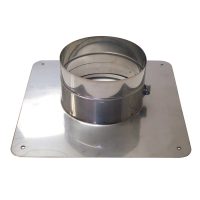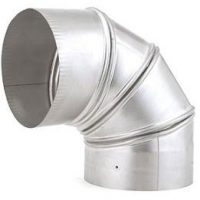The most common cause of chimney and fireplace odors is the creosote deposits in your chimney. Creosote which is a natural by-product of burning wood is a tar-like substance that forms a thick coating in your chimney. The smells coming from your fireplace are stronger when the humidity is higher, on those rainy summer days, and when the air conditioner is running continuously.
Once the creosote is absorbed into the inner walls of your chimney, a strong odor enters the house. If you look at the problem more closely, the real problem is the air coming down the chimney. Because there is air moving up and down your chimney continuously, the chimney odors have nowhere else to go but into your home. When this occurs you are having a negative pressure problem.
Some of the following home renovations and situational factors may cause the pressure in your chimney to change:
1.Inefficient or incorrect damper closures.
2.New furnace, boiler or water heater.
3.Installation of new windows and/or doors.
4.Home additions.
5.Changes in the roofing ventilation (attic fan).
6.Insufficient venting of stove range exhausts fans.
7.Blocked dryer vent exhausts.
8.Physical building changes in the surrounding area. For instance. a height increase in building close by.
A professional, experienced chimney cleaner will be able to inspect your chimney and troubleshoot the factors that are causing the fireplace odors. He will be able to compensate for any of the situational conditions that have changed. He will also have the right tools to remove the creosote from the chimney walls which is a major cause of the odor.
Many chimney professionals have special deodorizing spray. However, chimney deodorizers may act only as a temporary solution. Installing a chimney damper will help some of your fireplace odor problems. More importantly a chimney cleaning professional will be able to propose the right solutions for every situation, and they can suggest the best preventative measures to ensure the odor doesn’t come back. It’s important that you take corrective action before the problem gets out of control.




